Week 4
Computational Sociology
Christopher Barrie
Introduction
- Housekeeping
- Misinformation and fake news
Introduction: Misinformation and fake news
- When is the last time you read some misinfo. online?
Introduction: Misinformation and fake news
- Do you think others are more exposed than you?
- Why?
Introduction: Misinformation and fake news
- When is the last time you believed some misinformation/fake news online?
Introduction: Misinformation and fake news
- When is the last time you believed some misinformation/fake news online?
Do you think it affected you?
- How?
Why it matters
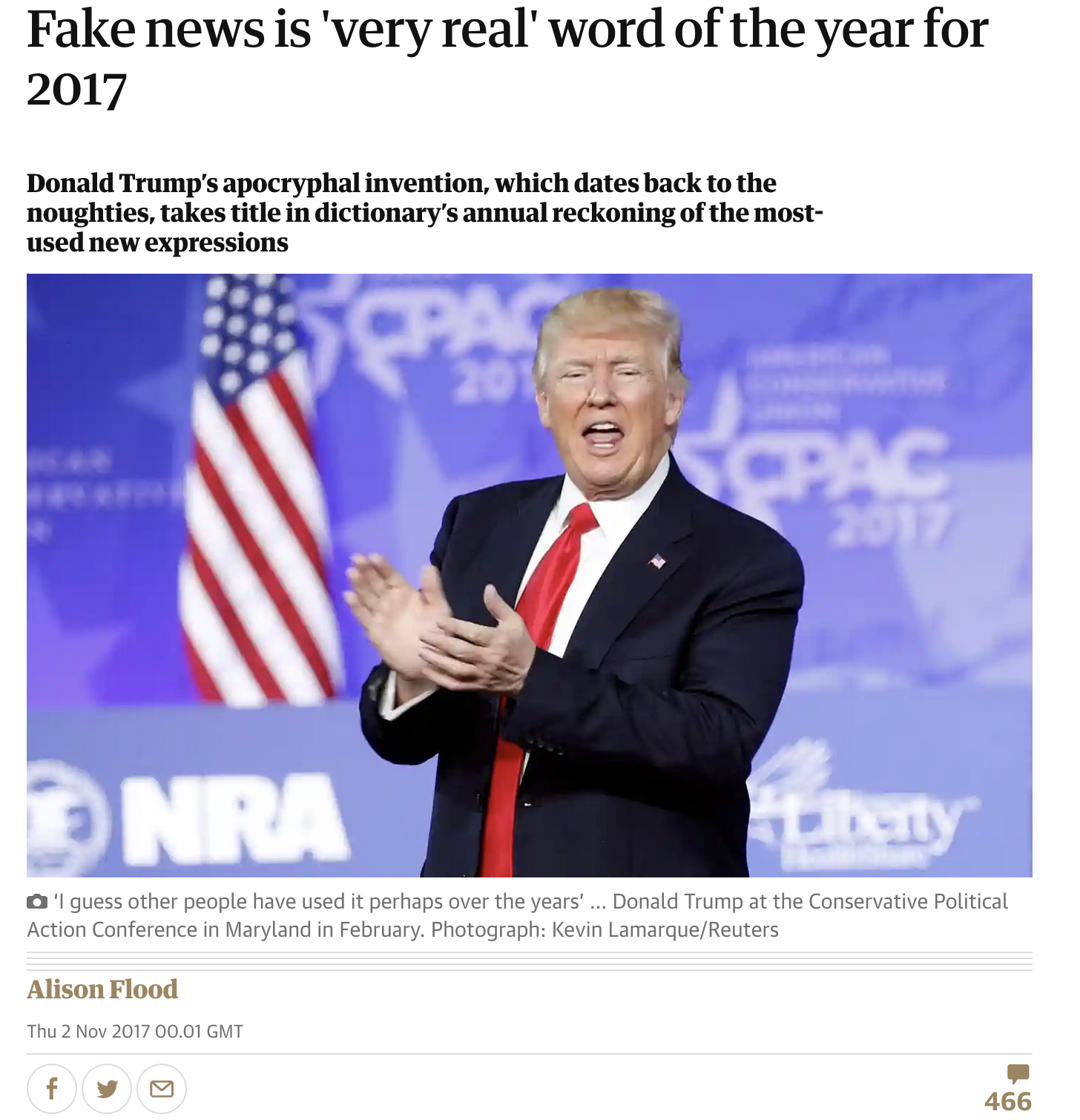
Why it matters
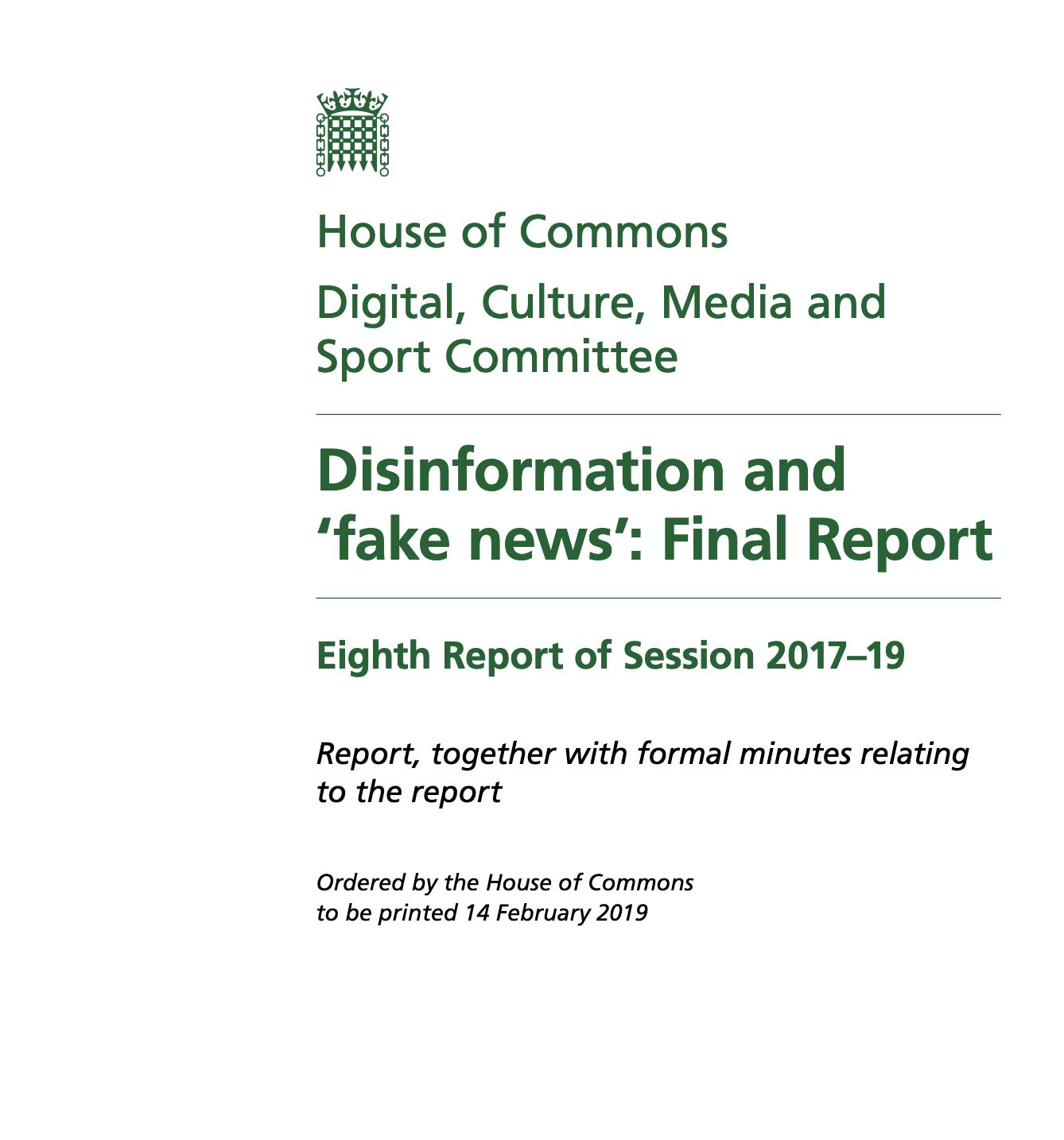
Why it matters
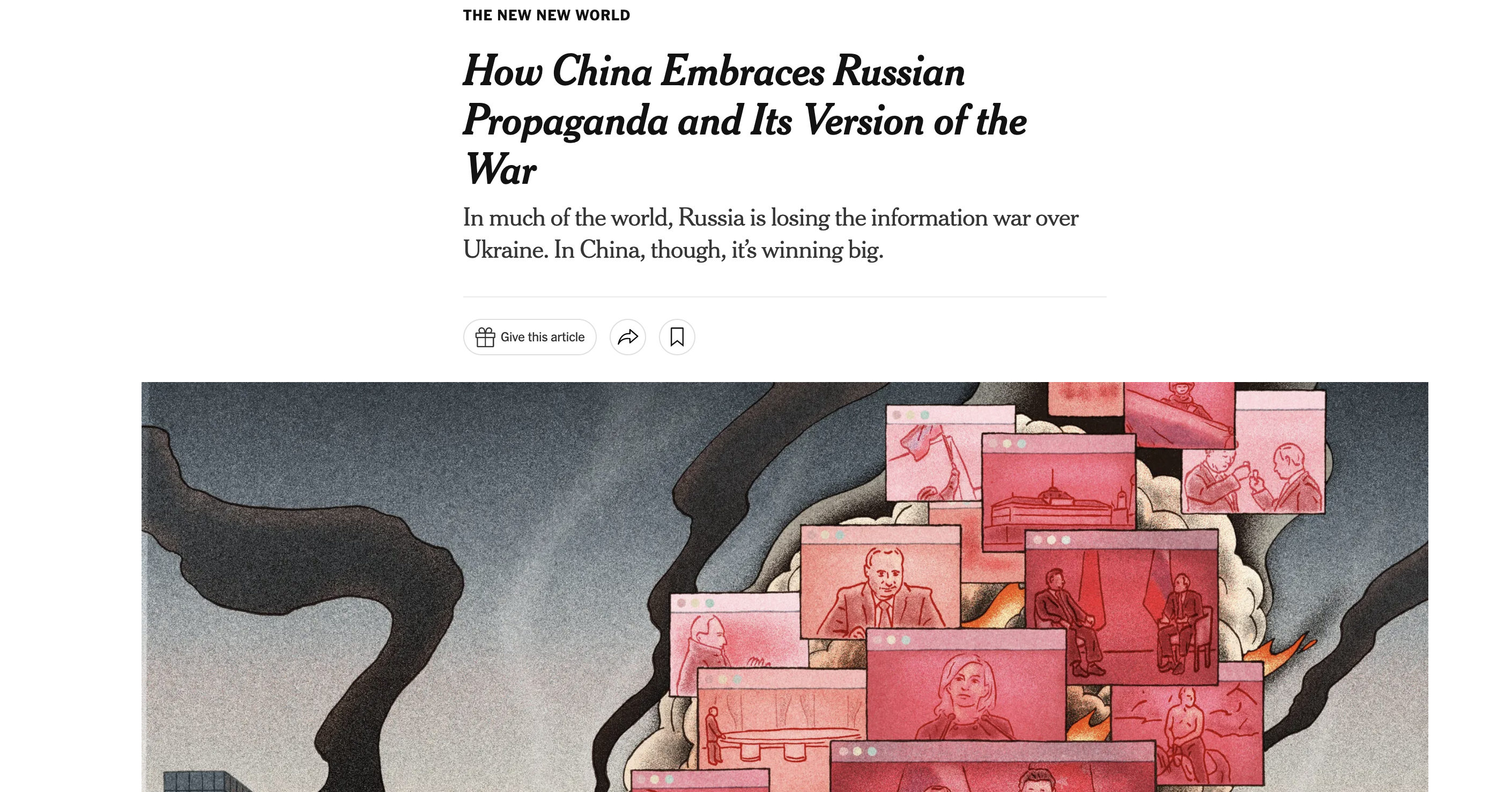
But what is it?
Often abused terms…
Misinformation: (un)knowingly false information
Disinformation: knowingly false information often spread to advance a particular cause or viewpoint
Fake news: knowingly false information often designed to look like real news
Some examples
Misinformation: the claim that exiting the European Union would deliver £350m
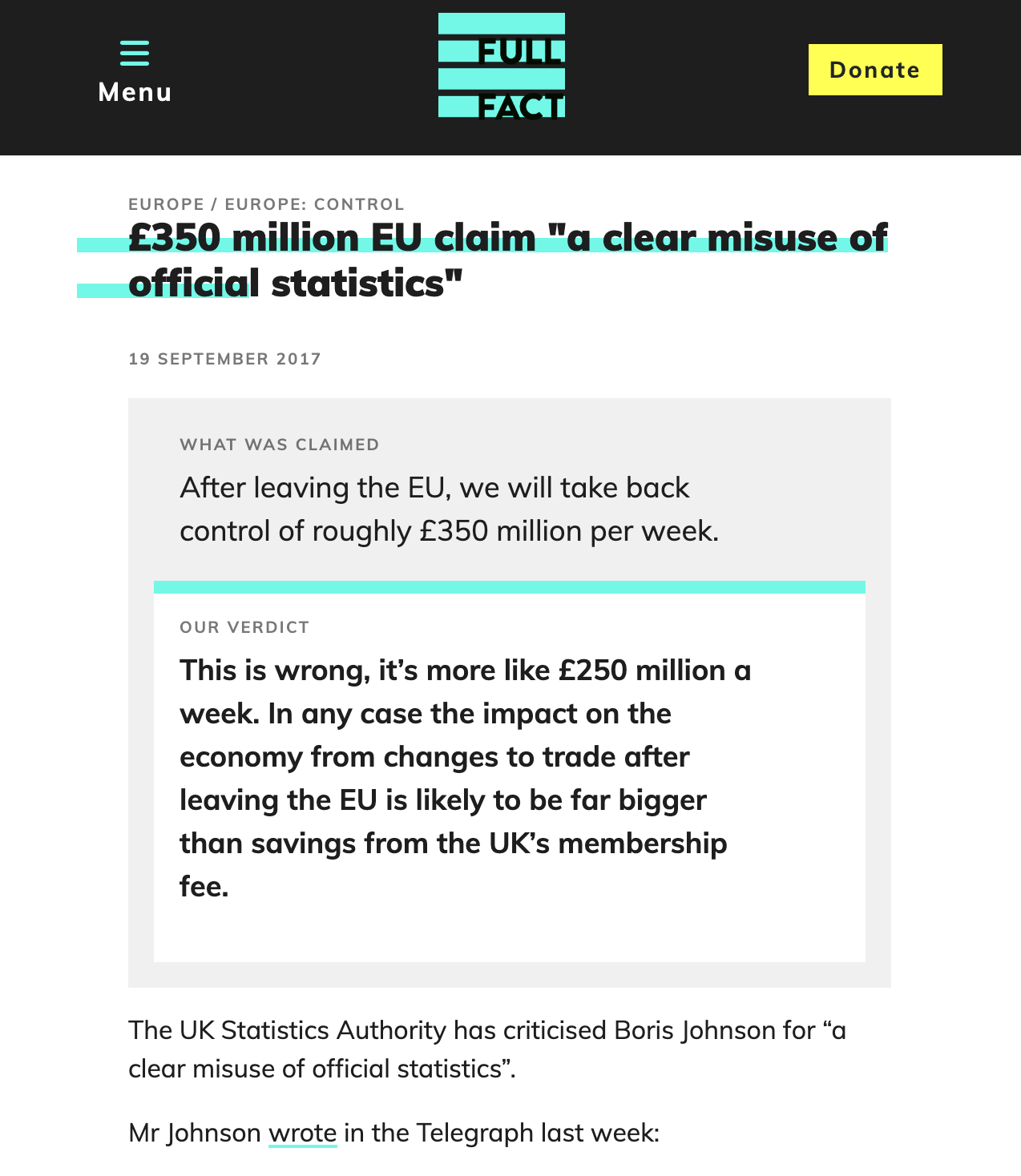
Some examples
Disinformation: the claim that Russia’s invasion of Ukraine is a result of US treaty non-compliance and NATO aggression
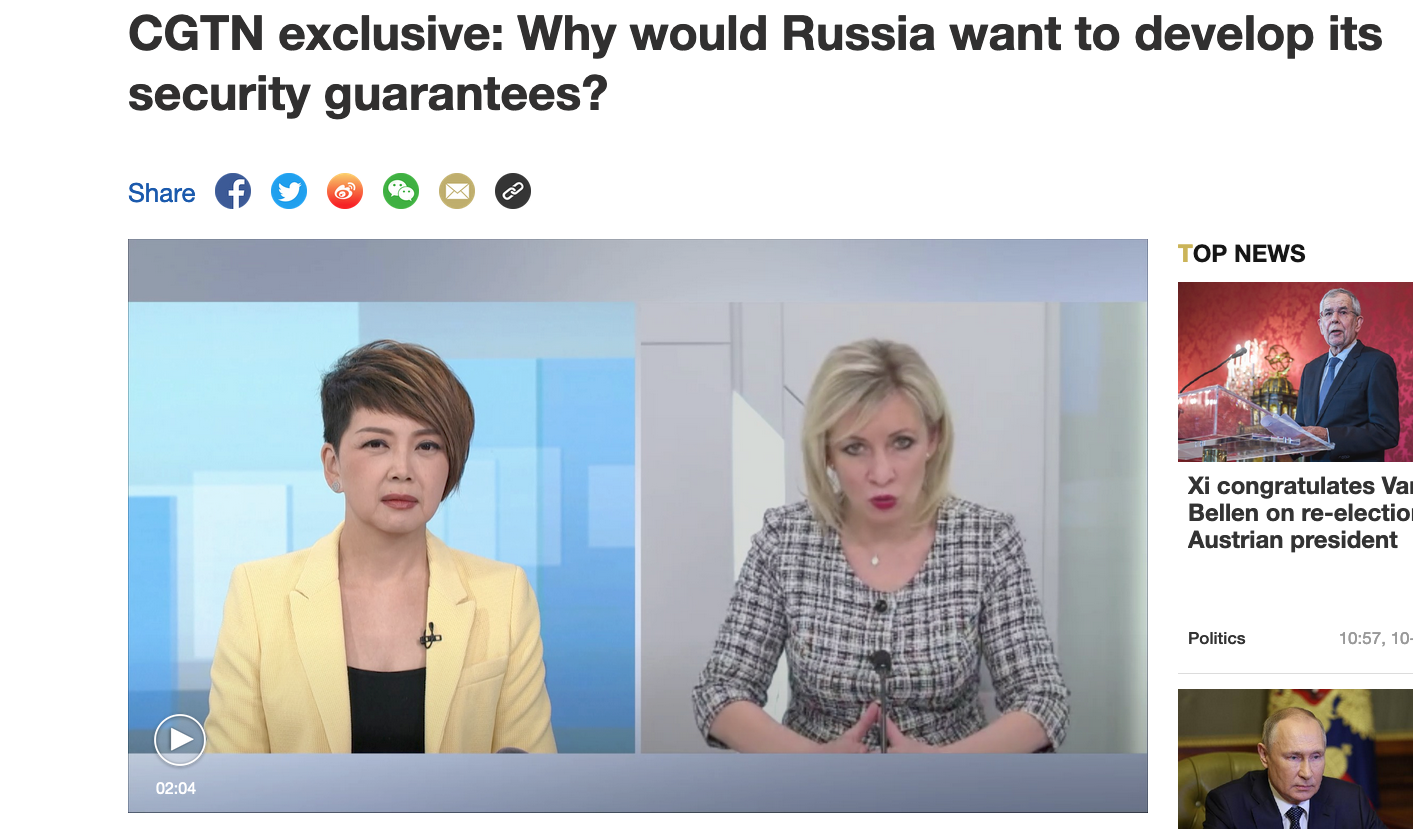
Some examples
Fake news: the claim that Ukraine is organizing nuclear strike on Russia
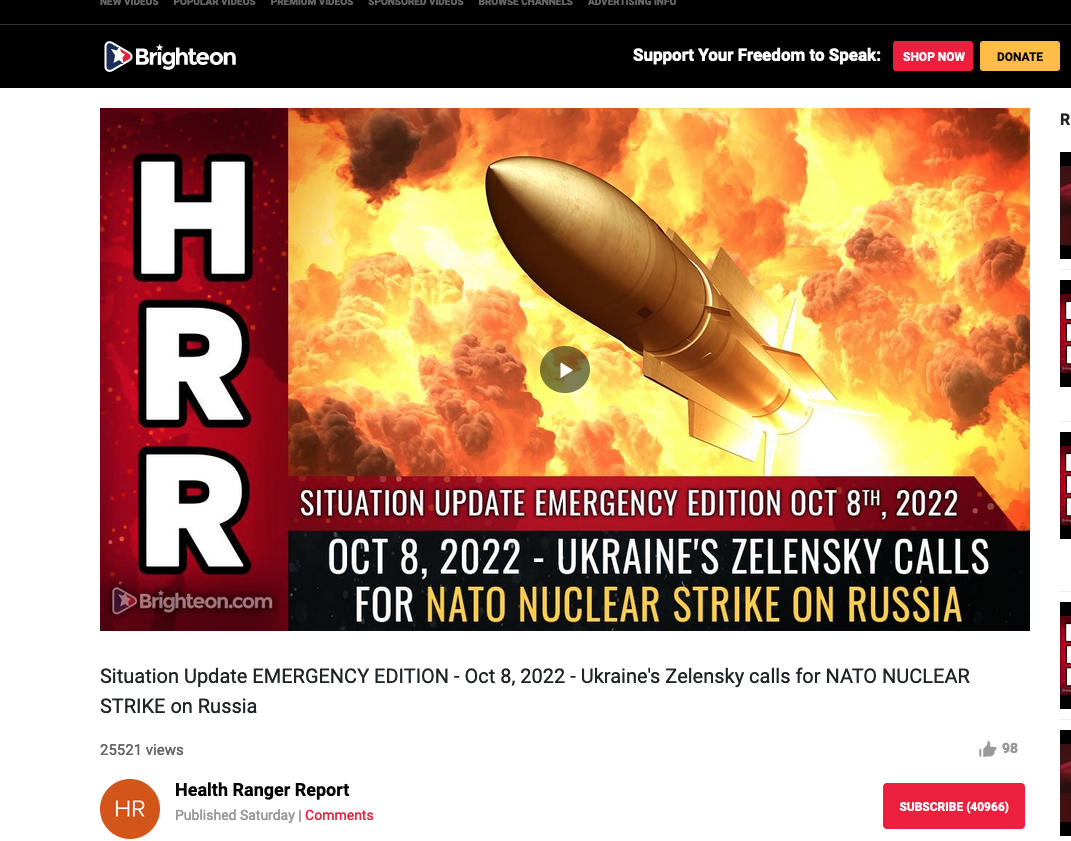
So what questions should we be asking?
- Do we all get exposed to misinformation/fake news?
- What are the effects on
Individual level?
Institutional level?
So what questions should we be asking?
- Do we all get exposed to misinformation/fake news?
Exposure heterogeneity
Different types of people are more/less likely to be exposed to misinformation and fake news
Different types of people are more/less likely to believe misinformation and fake news
Exposure heterogeneity
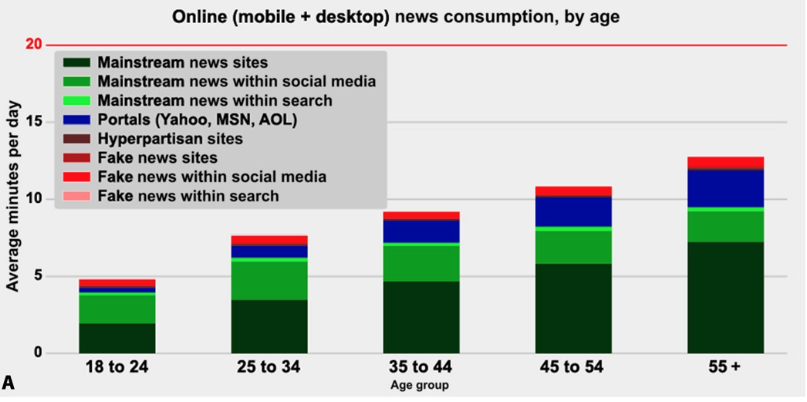
Exposure heterogeneity
In Allen et al. (2020) we see that:
Older individuals more likely to consume fake news
2% consumed more fake news than mainstream news
- But only .7% spent more than 1 min. per day
So is 2% a big number or a small number?
What do we have to consider here?
Exposure heterogeneity
In Allen et al. (2020) we see that:
Older individuals more likely to consume fake news
2% consumed more fake news than mainstream news
- But only .7% spent more than 1 min. per day
So is 2% a big number or a small number?
What do we have to consider here?
- The (voting) population of the US
- The size of the information ecosystem
Exposure heterogeneity
Do these trends generalize?
Exposure heterogeneity
See A. Guess, Nagler, and Tucker (2019)

Exposure heterogeneity
It’s not just age…
But also cognitive traits. See Pennycook and Rand (2019) for more details.
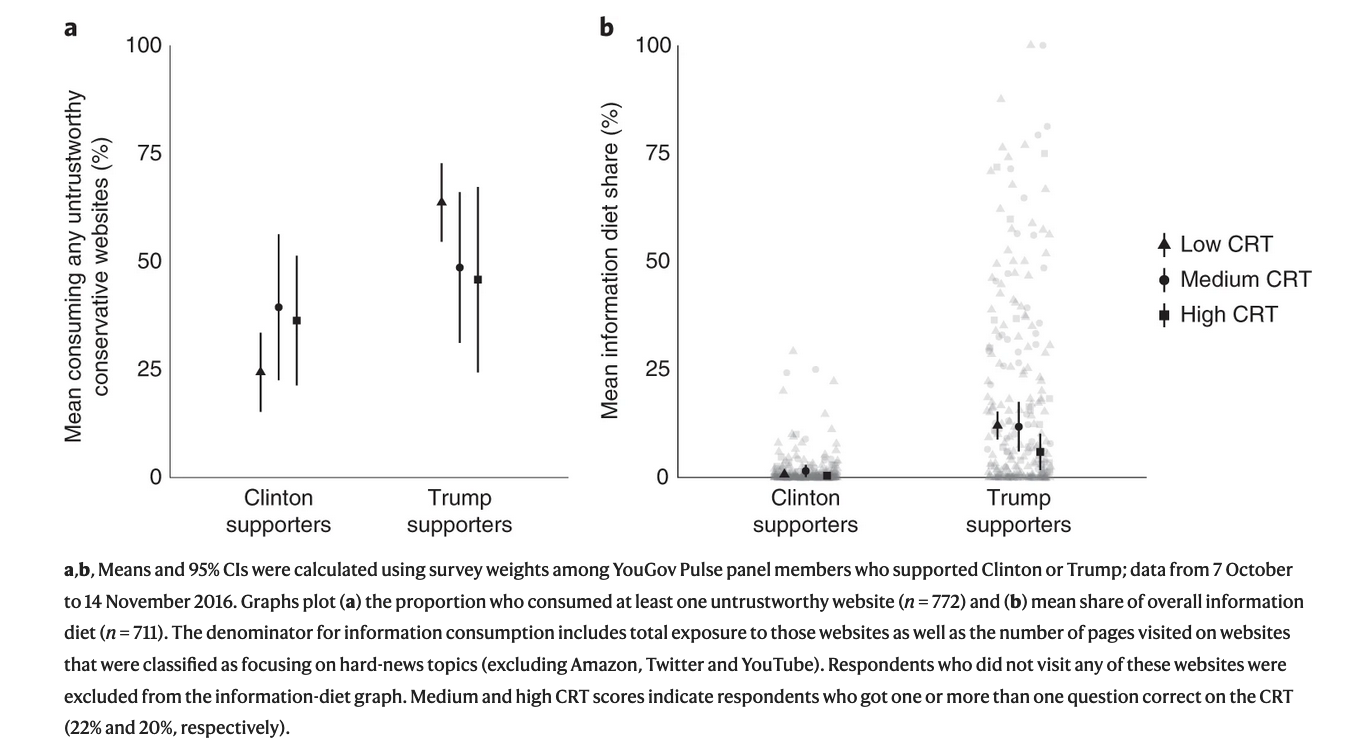
Exposure heterogeneity
And partisan selective exposure (cf. Week 2) extends to fake news too:
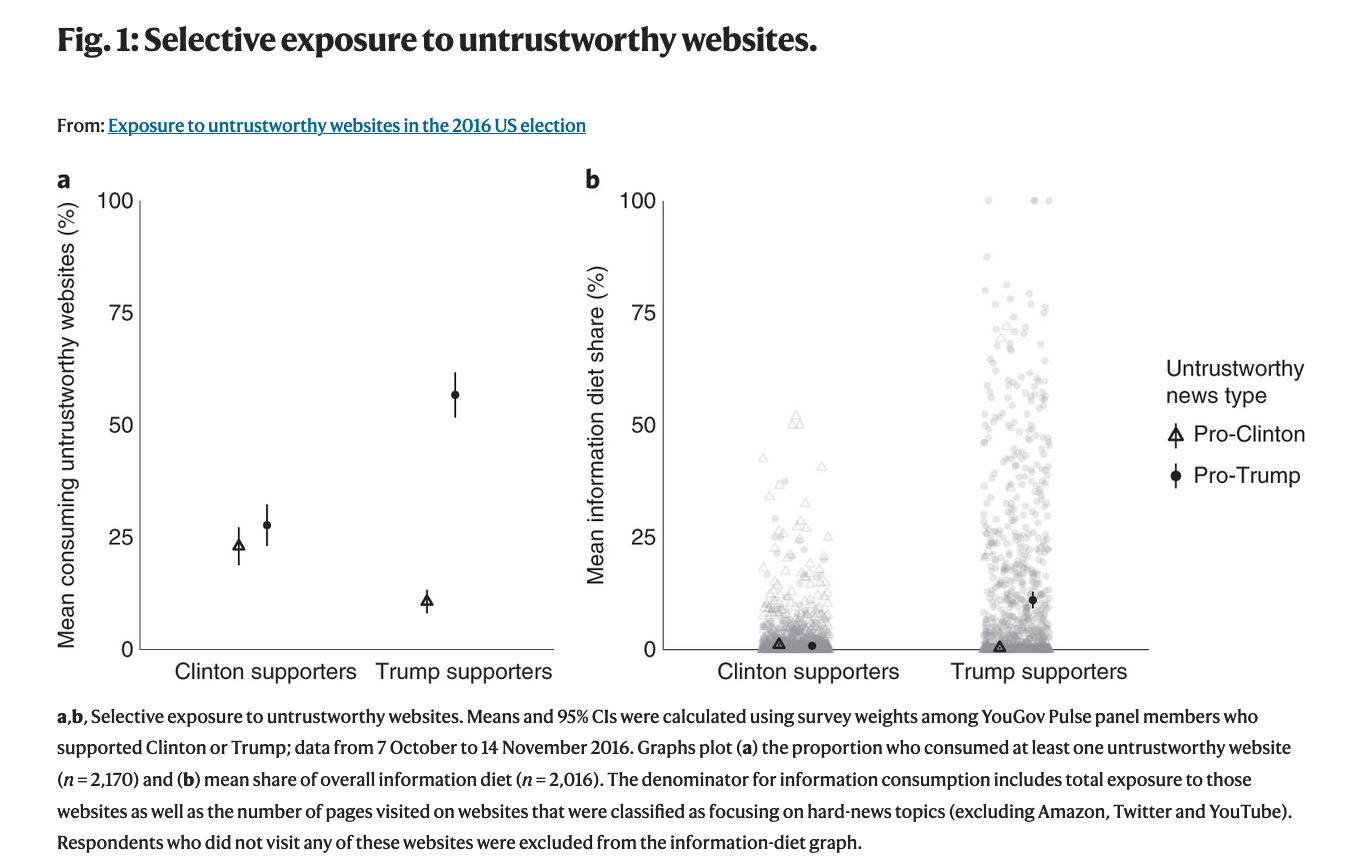
Exposure heterogeneity
Confirmed by other studies too such as OSMUNDSEN et al. (2021)
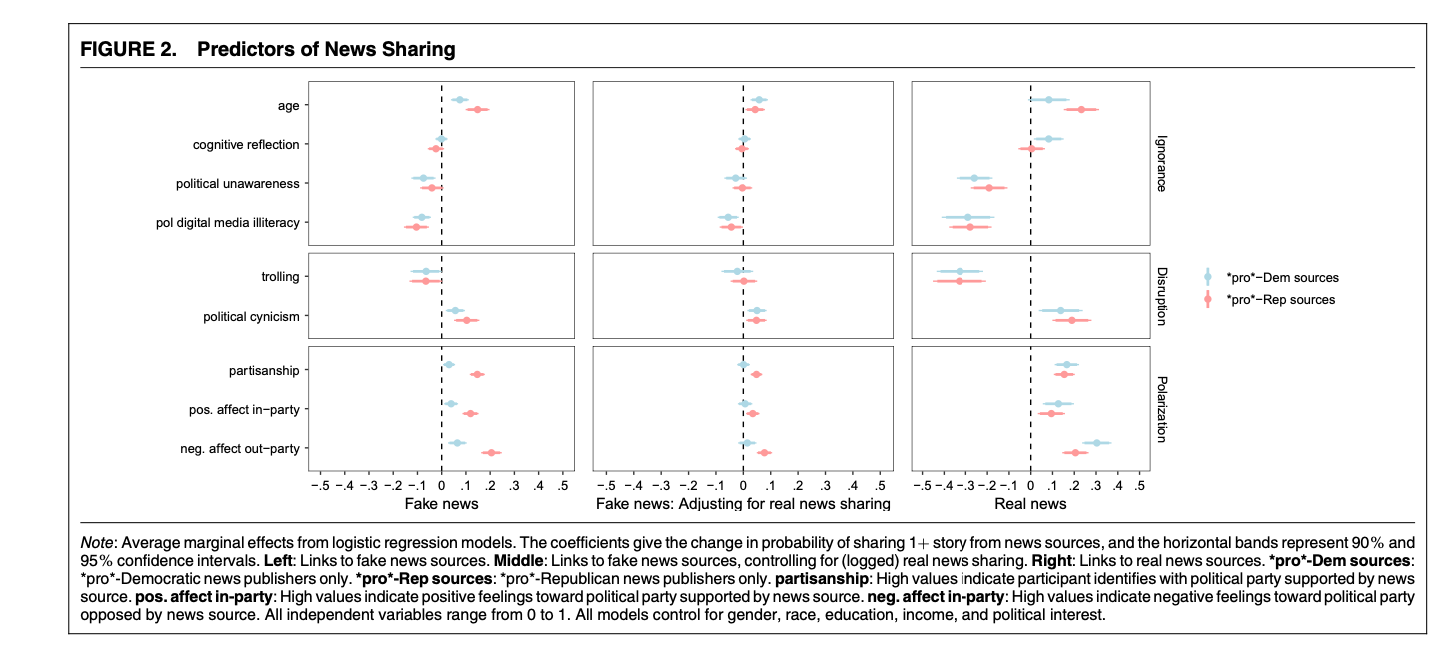
A summary so far…
So consumption:
- Differs by age
- Differs by partisan position
- Differs by cognitive traits (reflection)
But what does all this do?
In other words: does consumption of fake news/misinformation have consequences for politics/society/democracy?
One hypothesis:
- Despite small overall consumption share, misinformation consumption has outsized effects among small subpopulation
But what does all this do?
Some evidence from A. M. Guess et al. (2020)
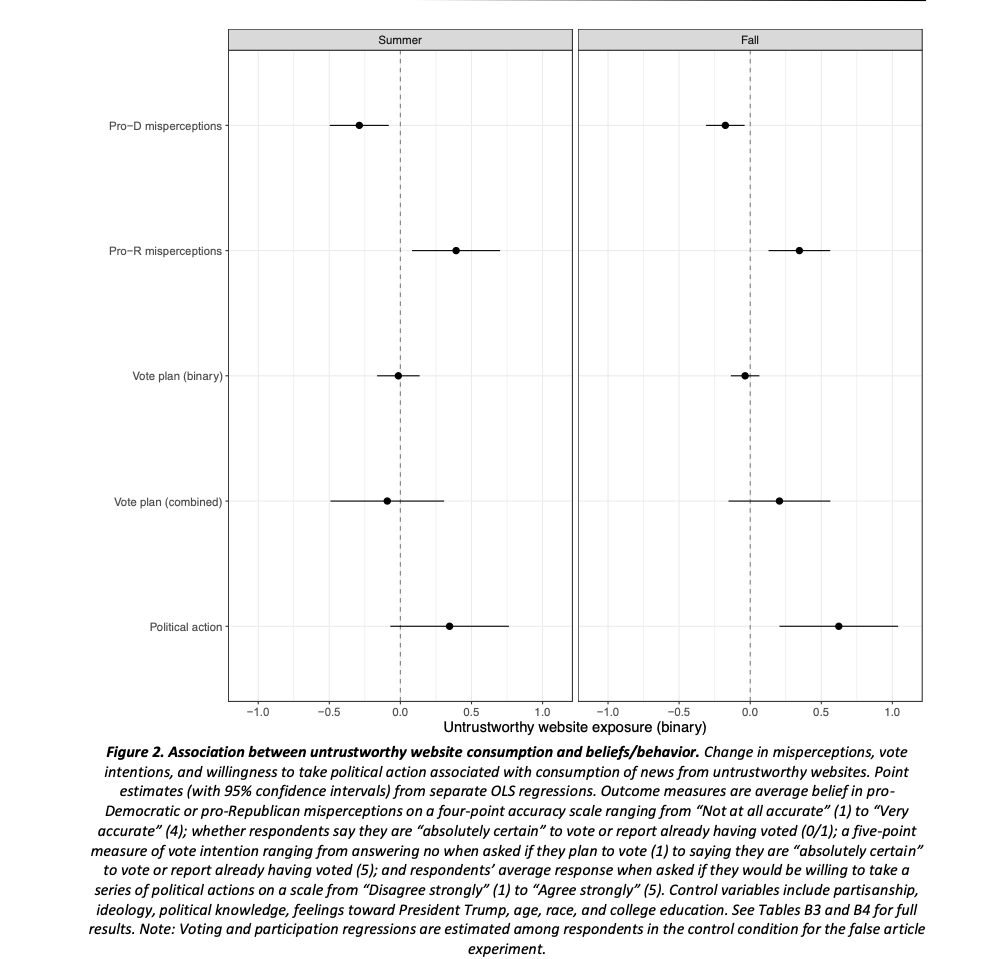
But what does all this do?
Some evidence from A. M. Guess et al. (2020)
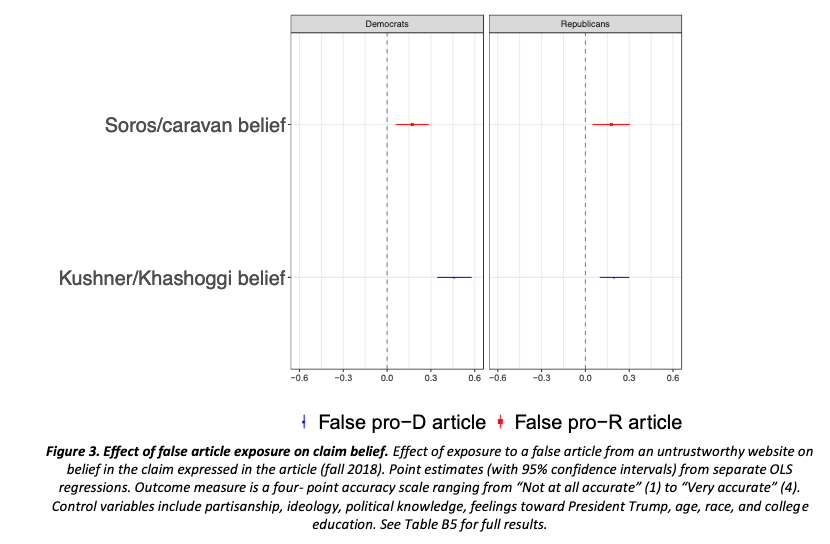
But what does all this do?
Though some experimental evidence from A. M. Guess et al. (2020) suggests effect on voting but not other types of political participation (or trust in media).
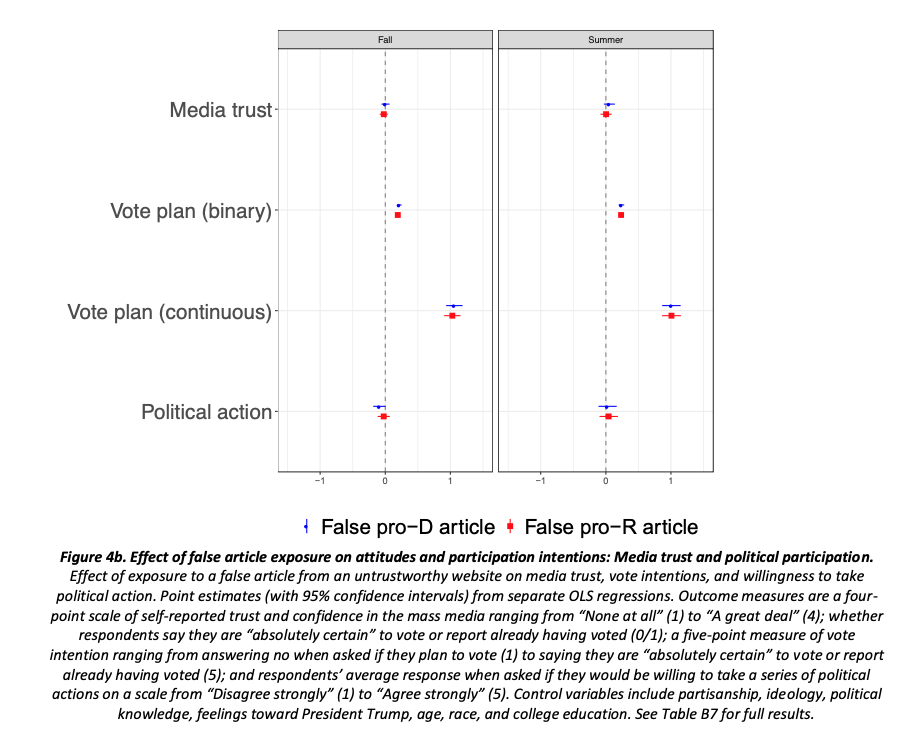
But what does all this do?
Though other work by Bail et al. (2019) shows that exposure to misinformation by Internet Research Agency trolls had no effect on important political attitudes and behaviours
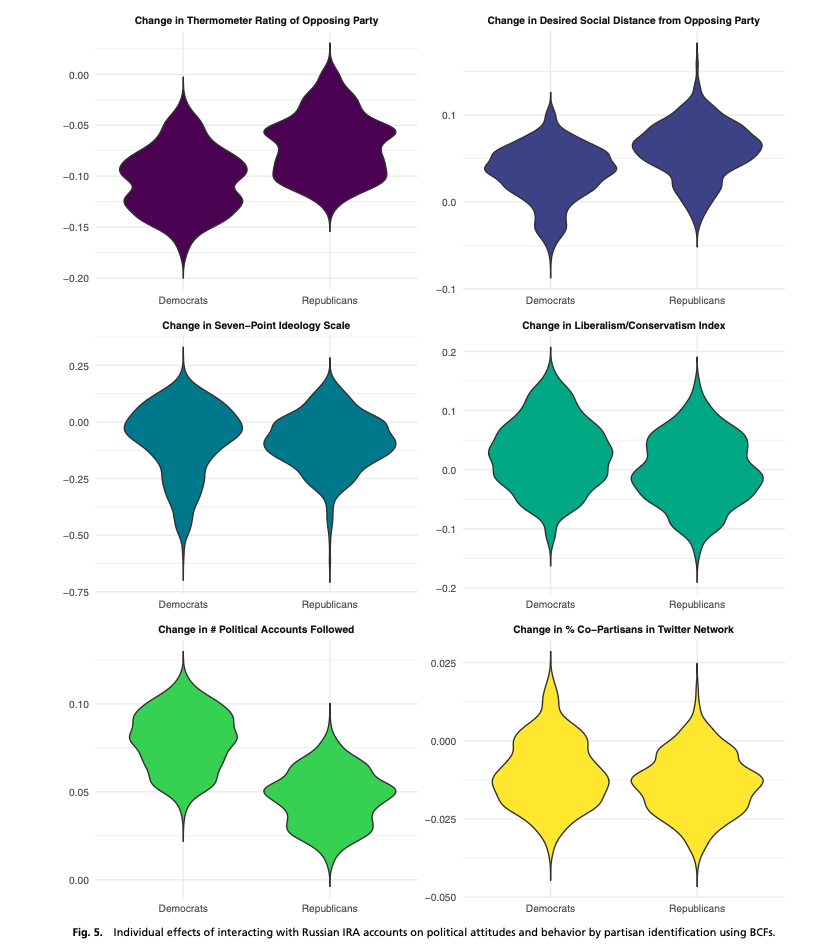
In summary
- Different types of people are exposed to different types of untrustworthy content
- The size of this consumption is likely small
- But what is small after all…?
- The effects are most obvious for beliefs
- More work needed on political behavioural effects
A note on computational thinking
This week:
- We see what’s measurable (and what isn’t) using digital data
- e.g., with the Allen et al. (2020) article
- We see how we can extend and validate theoretical models by using digital trace data
- e.g., with the article by Vosoughi, Roy, and Aral (2018)
- We see how we can combine multiple sources of information to approach an approximate solution to a question
- e.g. with the article by A. M. Guess, Nyhan, and Reifler (2020)